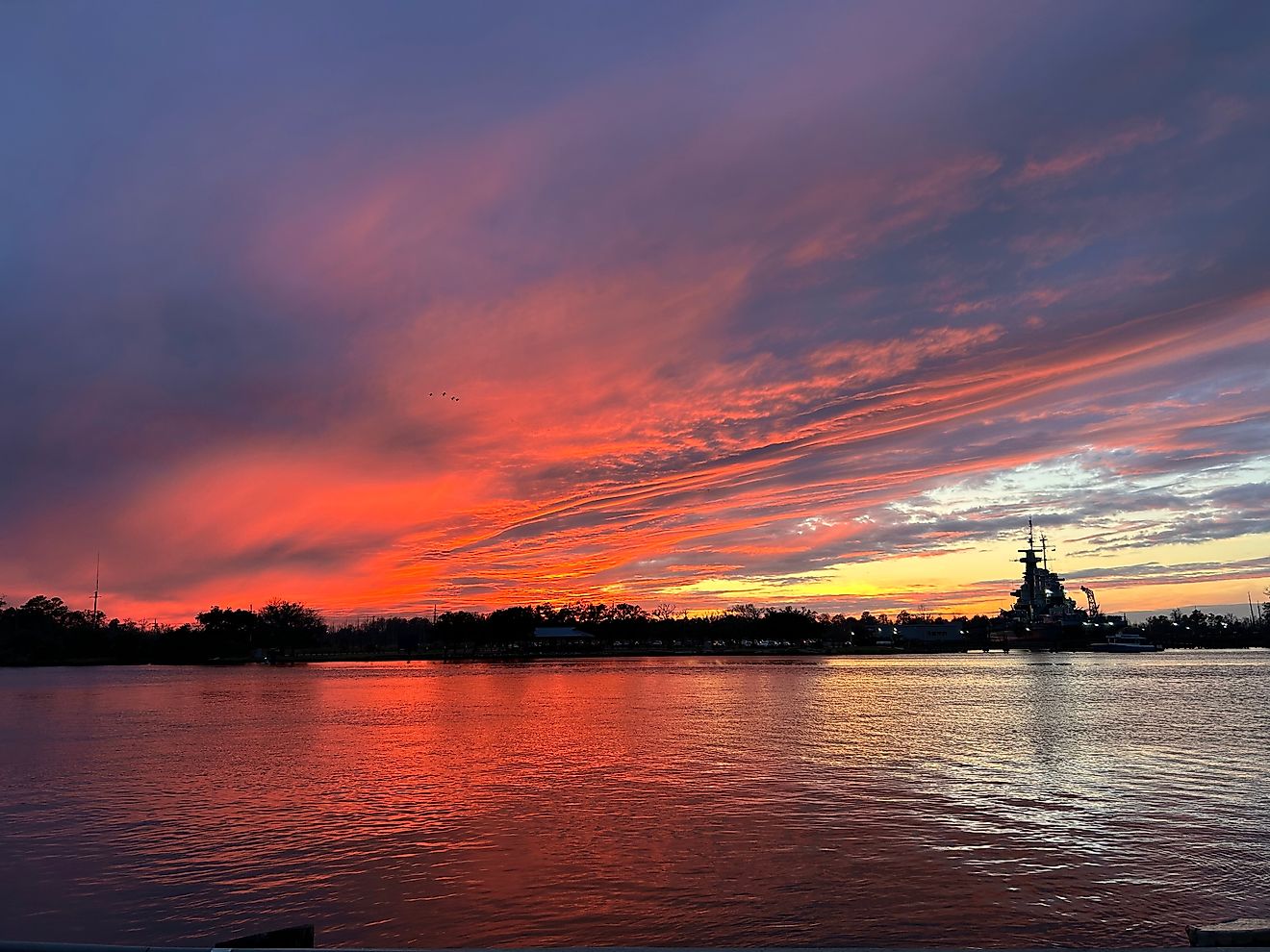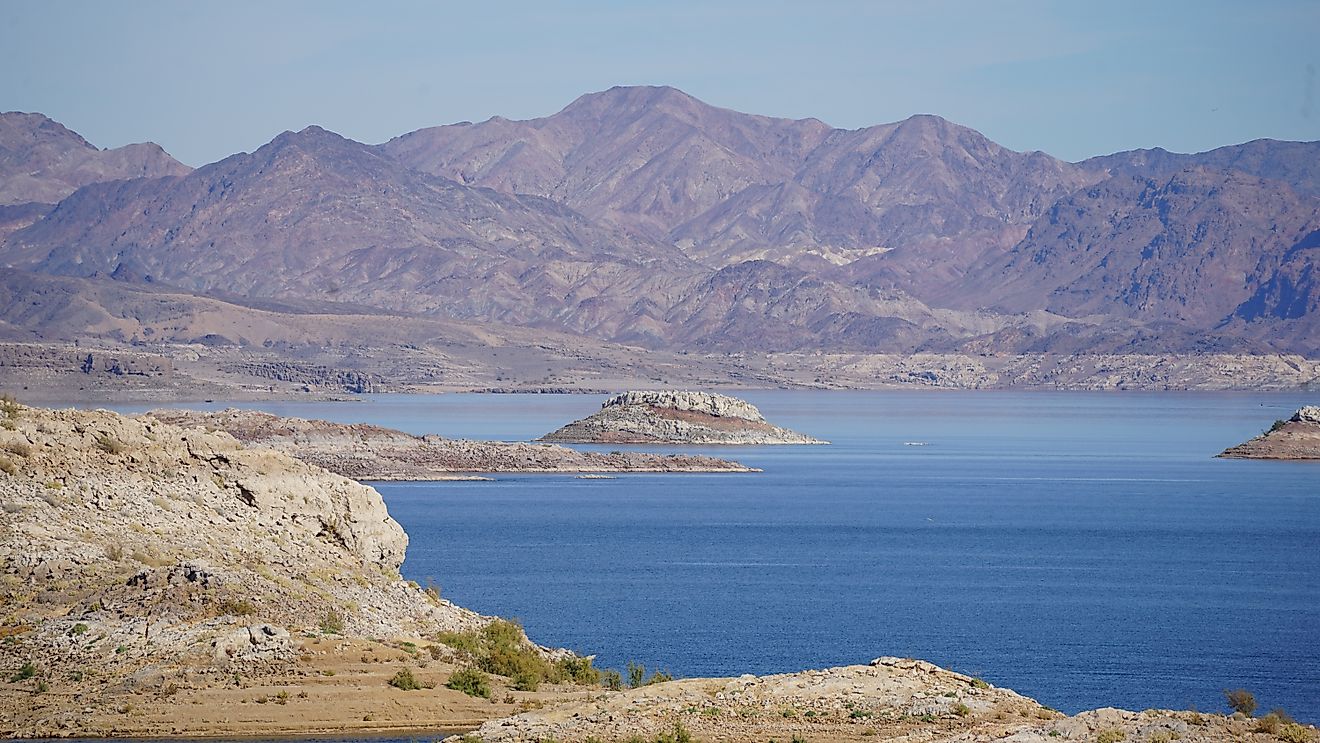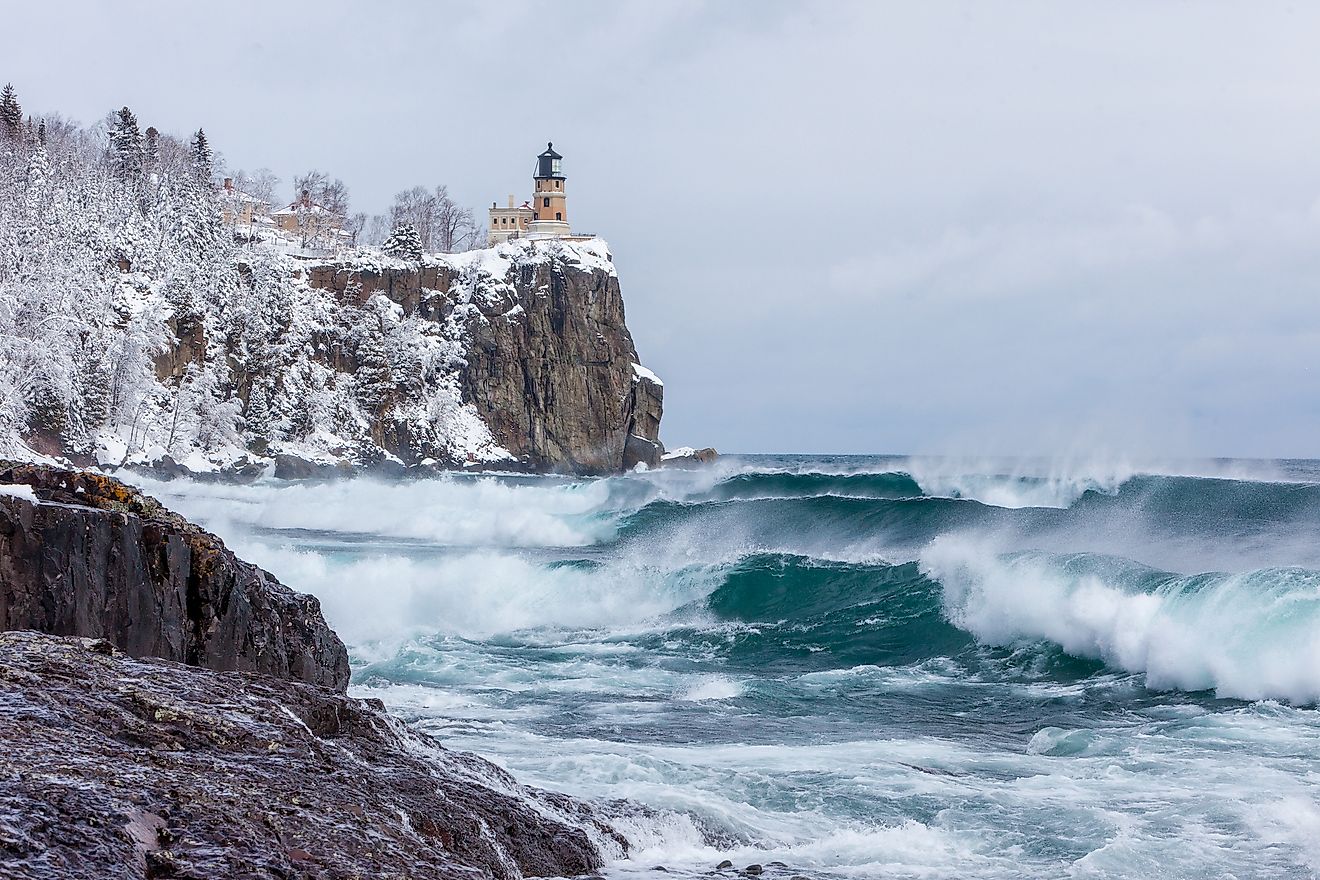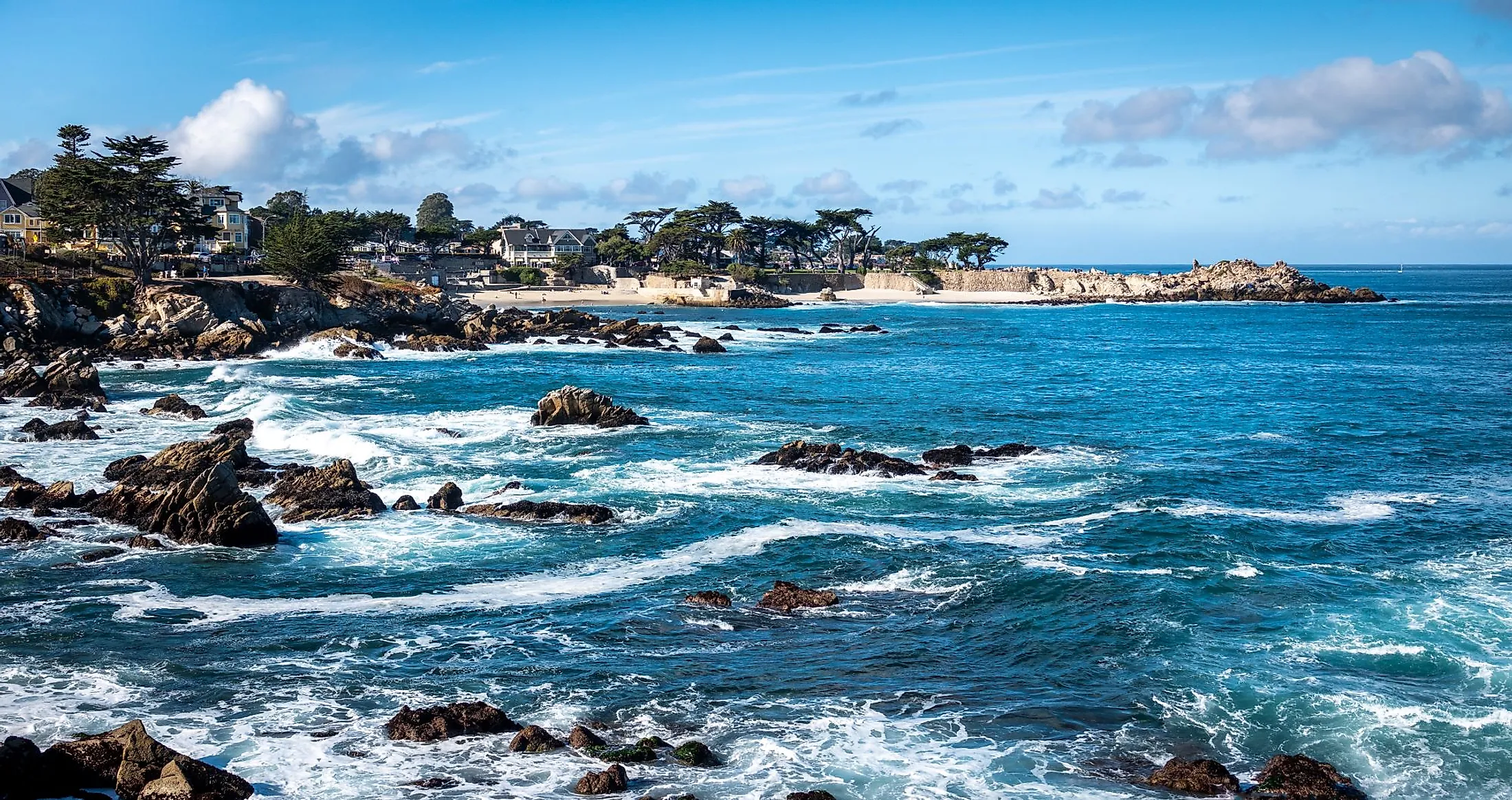
Monterey Bay
Monterey Bay is an arm of the Pacific Ocean situated on the coast of California, the United States of America. The bay is located south of the San Francisco Bay Area and its principal city San Jose. Santa Cruz is situated at the bay's northern end, while the city of Monterey is at its southern end on the Monterey Peninsula. The term "Monterey Bay Area" is often used to describe the entire Central Coast communities of Monterey and Santa Cruz counties.
Ecology Of Monterey Bay
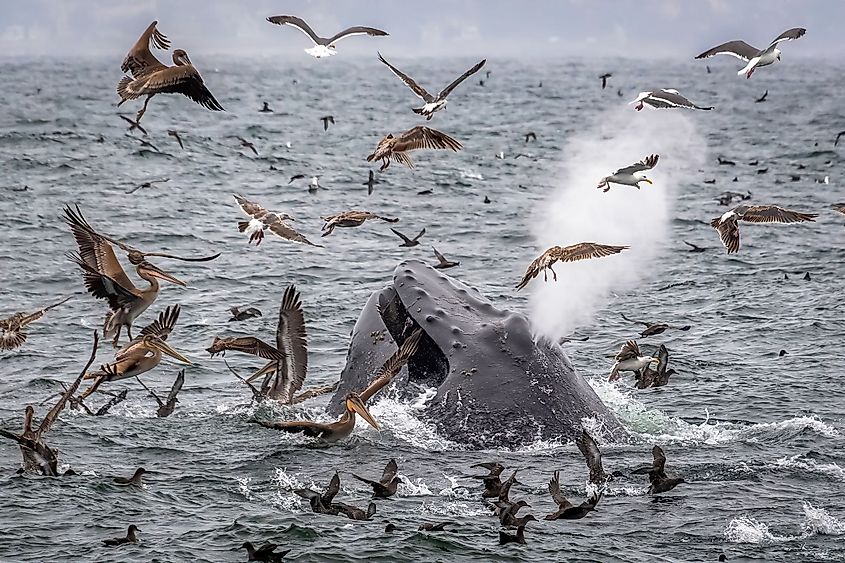
Monterey Bay plays an essential role in the region's marine health and biodiversity. It is known for its complex seafloor habitat, strong seasonal upwelling, deep submarine canyons, and abundance of forage species. The bay is an Important Ecological Area within California and home to the country's largest national marine sanctuary.
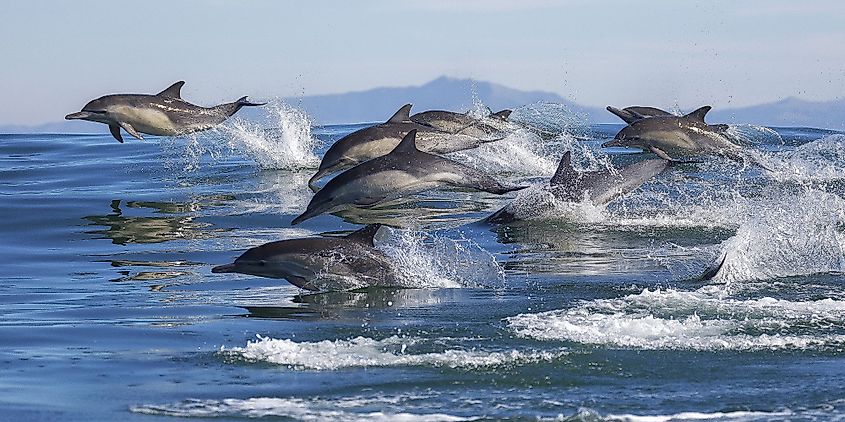
Monterey Bay has a diverse underwater ecosystem, from expansive softbottom sediments to high-relief rocky pinnacles. It also has a variation in biogenic habitats and fish assemblages, with a total of 1,658 fish representing 30 different species, including lingcod, rosy rockfish, olive/yellowtail rockfish, and yelloweye rockfish. The bay is home to 2,130 individual coral colonies and 1,660 individual sponges. The cup, hydro corals, and gorgonian corals are Monterey Bay's most common coral families, while the Mound and foliose sponges are the most common sponge morphologies. Monterey Bay hosts several marine mammals as well. Sea otters, harbor seals, and bottlenose dolphins live in the bay. The bay is located on the migratory path of gray and humpback whales and is a breeding site for elephant seals.
Major Cities around Monterey Bay
Santa Cruz
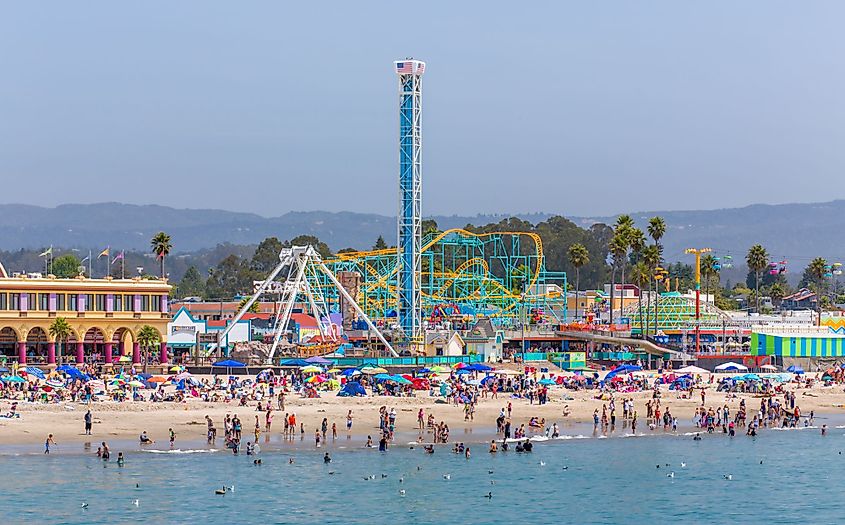
The name Santa Cruz has been derived from a Spanish word that means “Holy Cross.” It is the county seat and largest city of Santa Cruz County in California. The city is located on the northern edge of Monterey Bay, approximately 51 km south of San Jose and 120 km south of San Francisco. Santa Cruz experiences mild weather throughout the year. According to the Köppen classification, Santa Cruz has a warm-summer Mediterranean climate characterized by mild, wet winters and warm, dry summers. Due to its location near Monterey Bay, the city experiences fog and low overcast during the night, especially in the summers. The city is home to 64,500 people with a median age of 28.8. The largest ethnic groups in the city are non-Hispanic White, followed by the Hispanic community, and then Asians. The principal industries that contribute to the city’s economy are agriculture, tourism, education, and high technology. The city has many tourist attractions, including Monterey Bay Sanctuary Exploration Center and Santa Cruz Beach Boardwalk. The Boardwalk allows visitors to watch dolphins, sea lions, and playful sea otters as it stretches along a beautiful sandy beach near the Monterey Bay National Marine Sanctuary.
Monterey
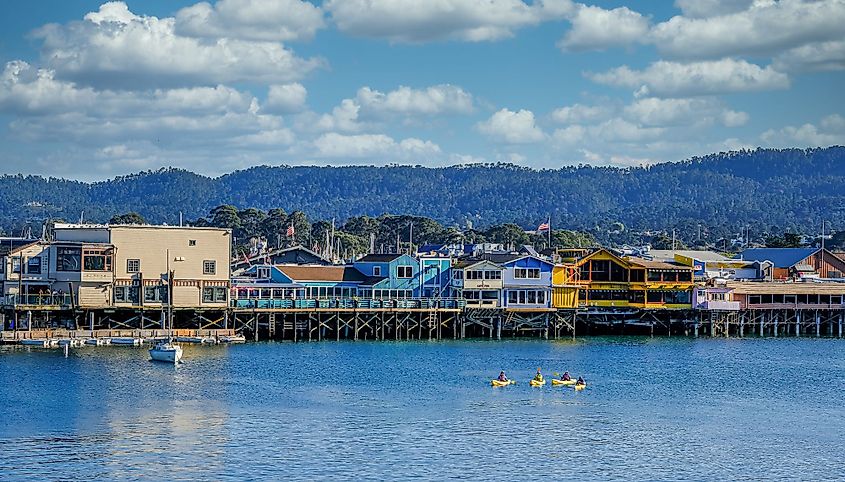
The city of Monterey is situated on the southern end of Monterey Bay. Founded in 1770, the city currently has a population of 28,400 people with a median age of 37.8 and a population density of 950 people per square kilometer. Like the other cities near Monterey Bay, the city experiences warm, dry summers and mild, wet winters. Monterey is adjacent to the Monterey Bay National Marine Sanctuary, a federally protected ocean area that spans over 444 km along the coast. Although it shares the same name, the sanctuary is different from the local Monterey Bay.
